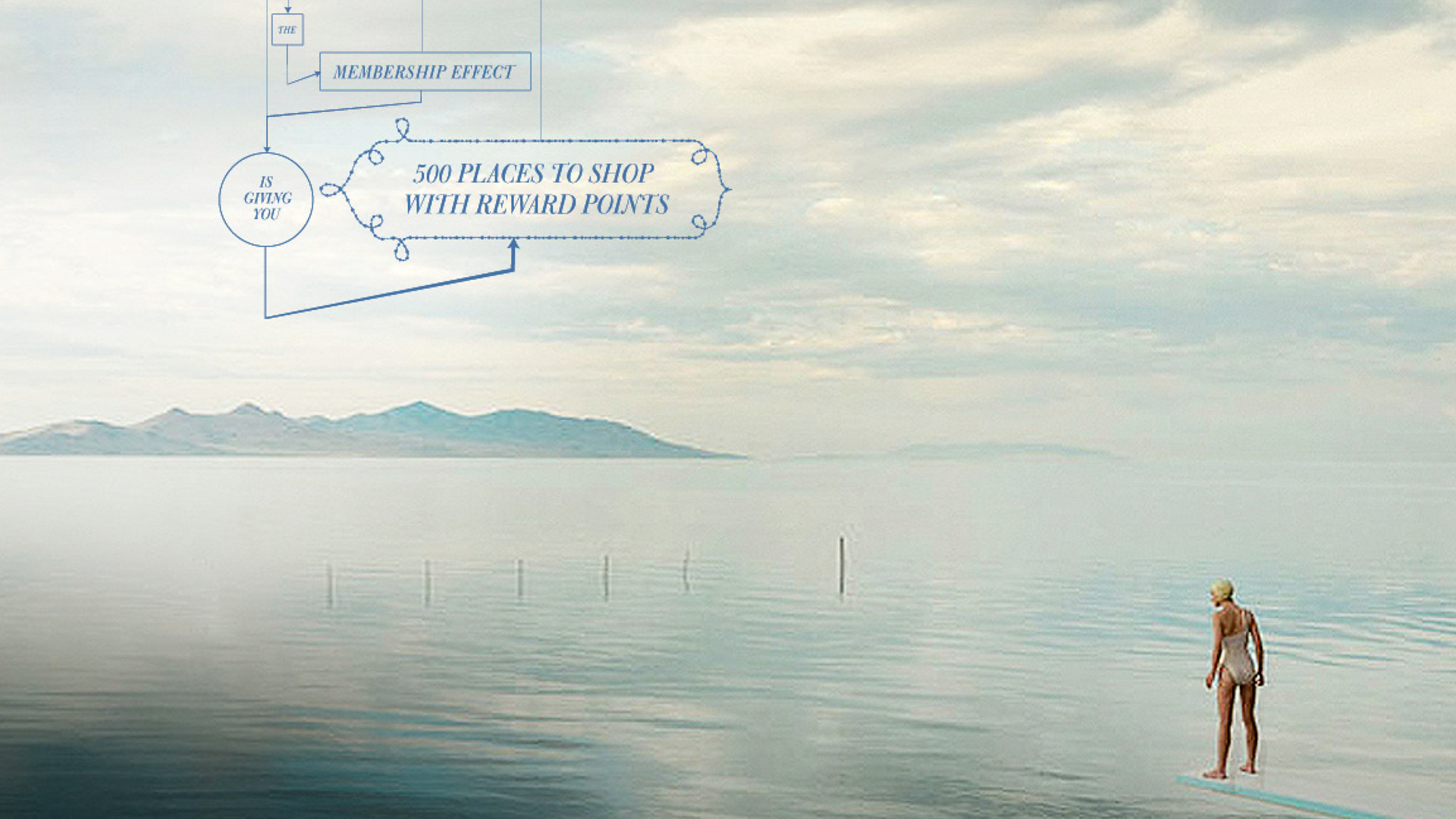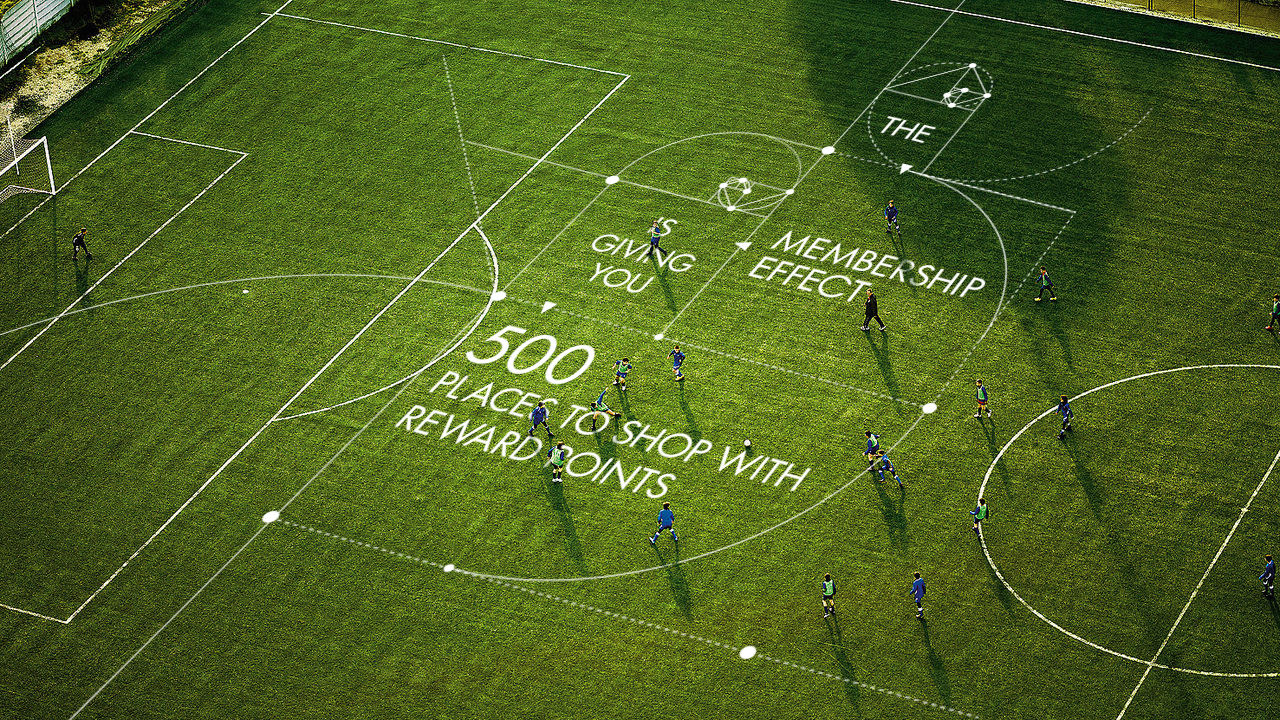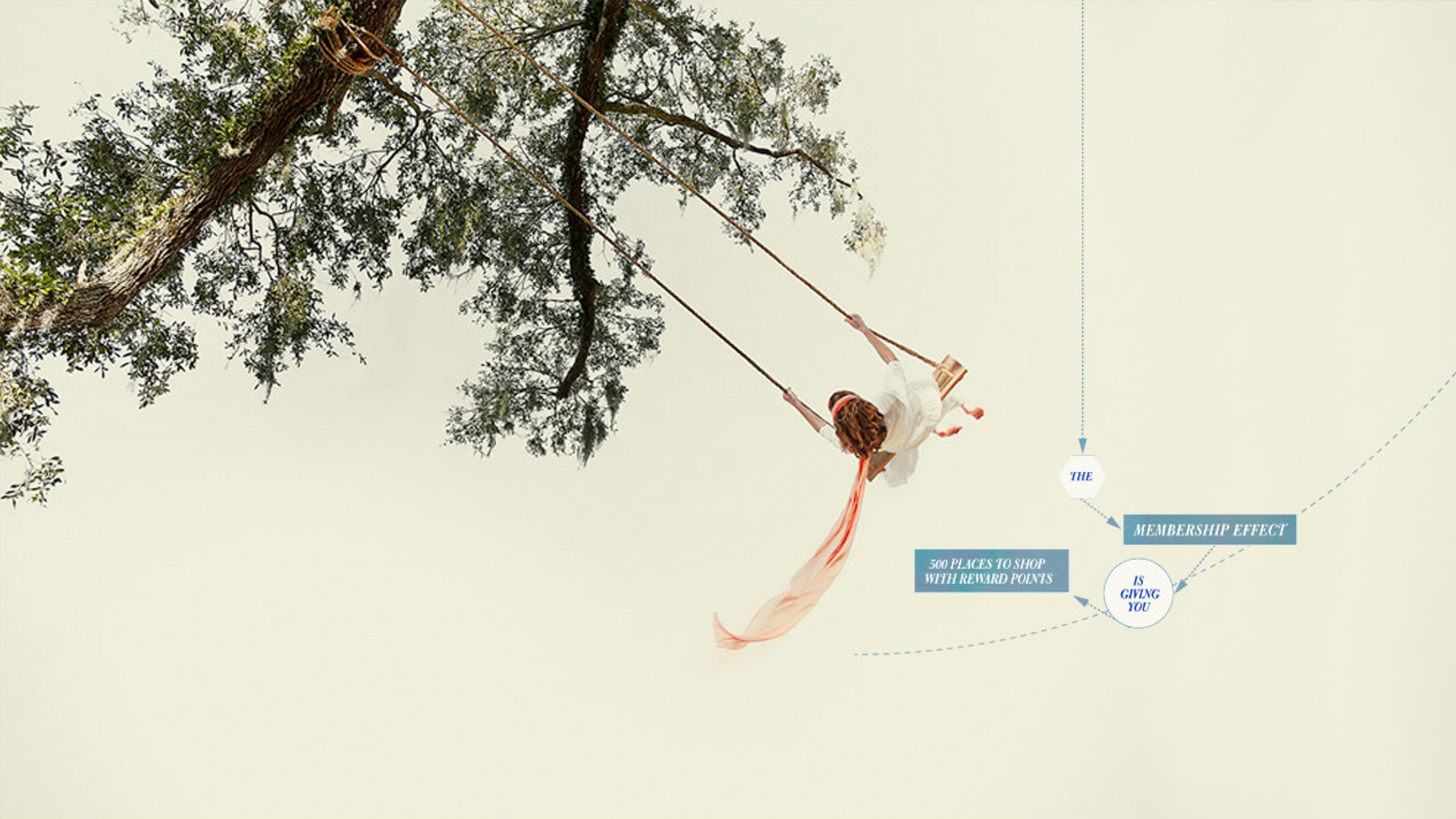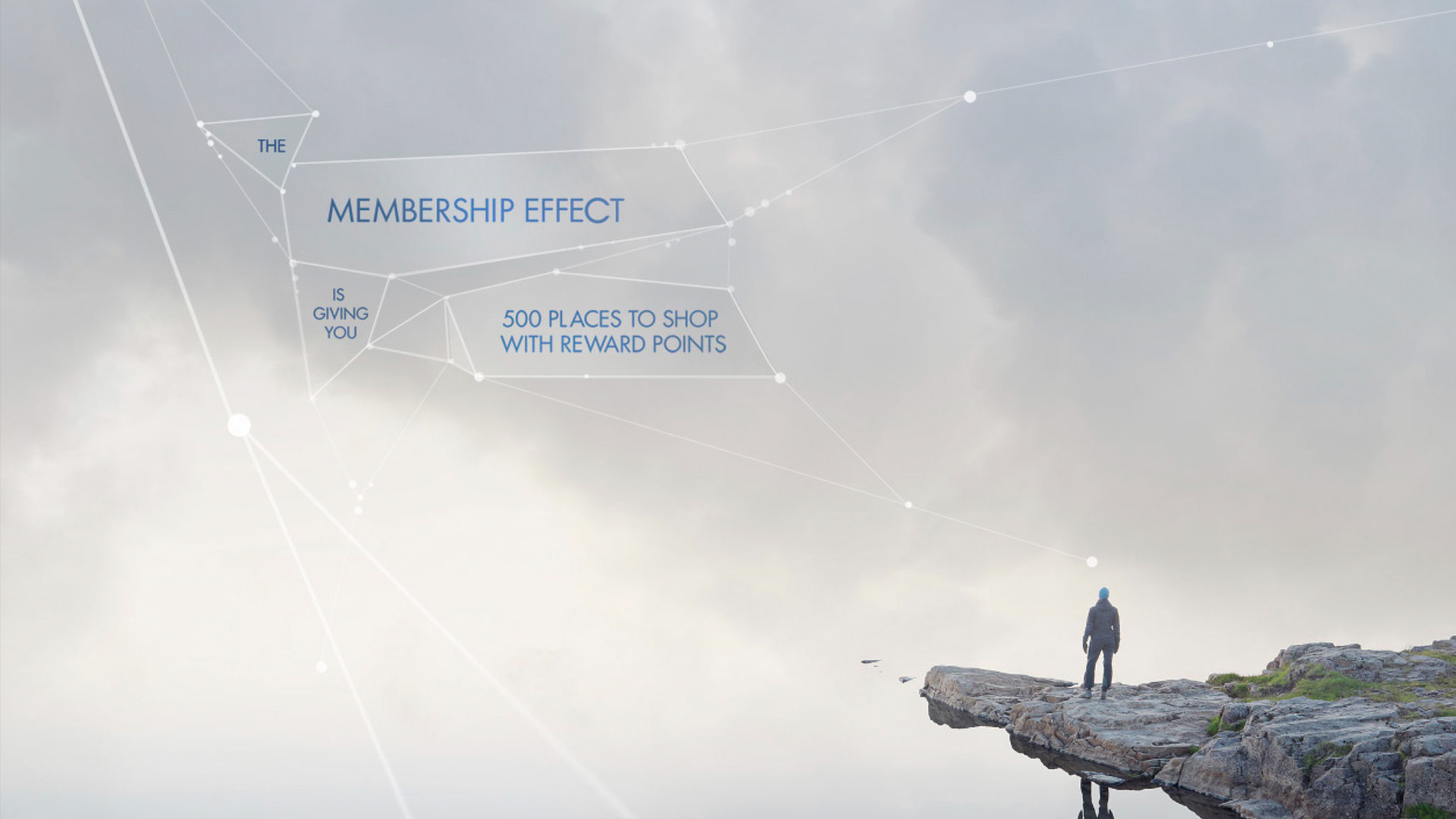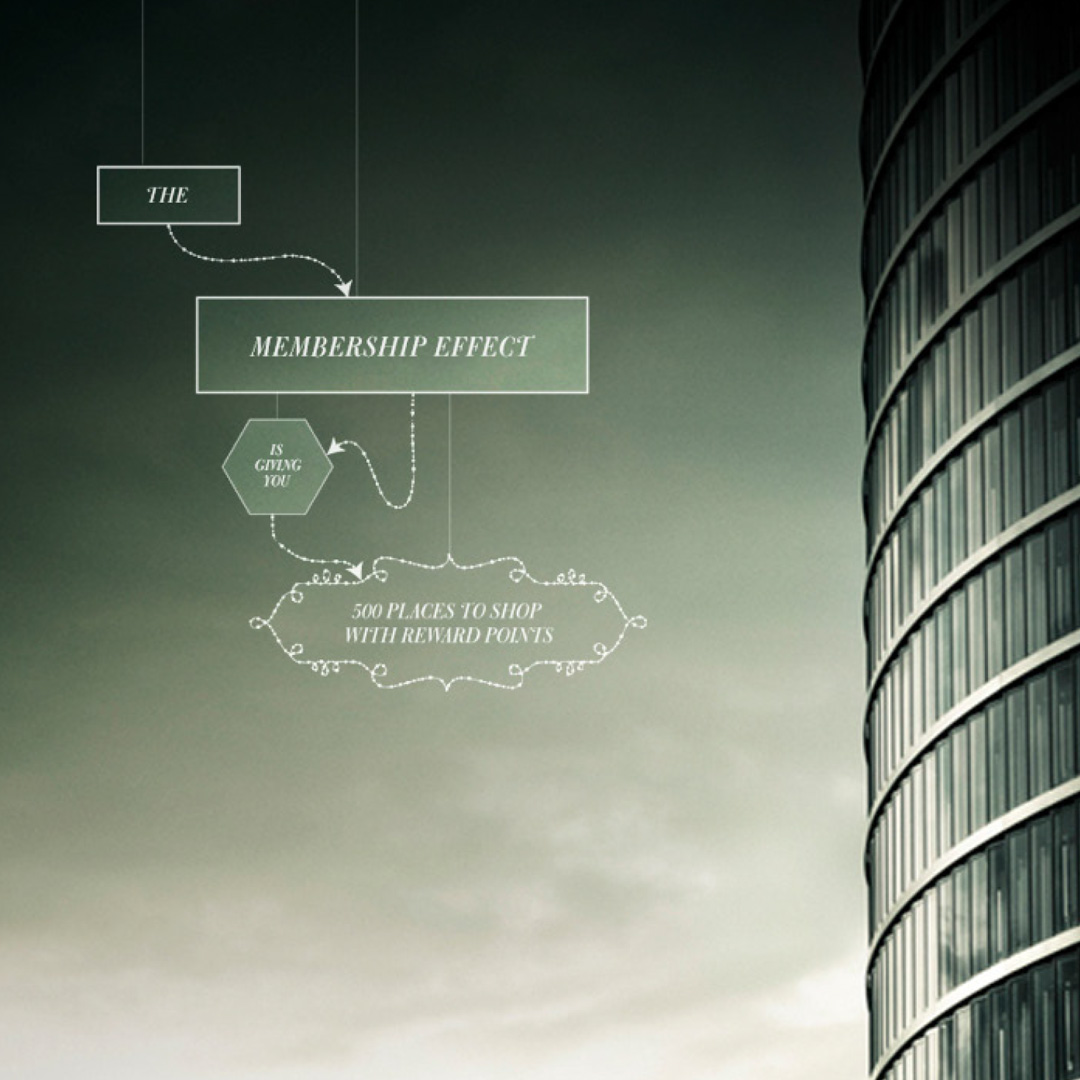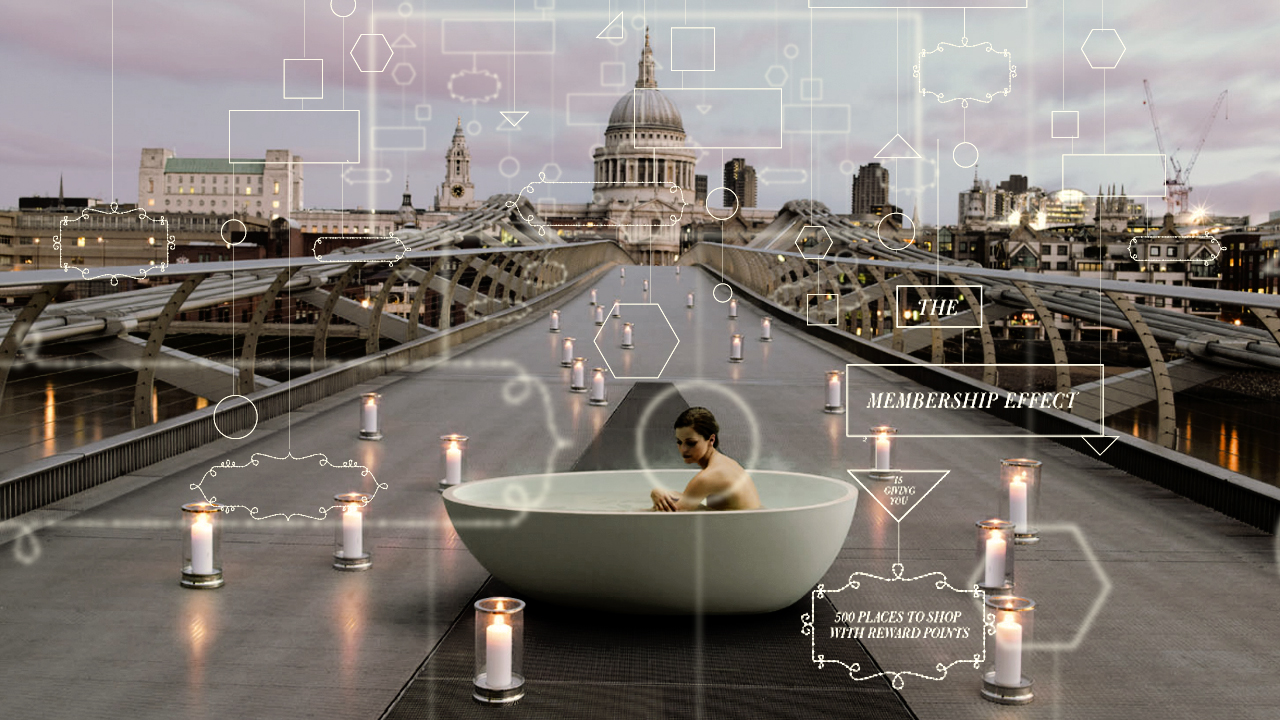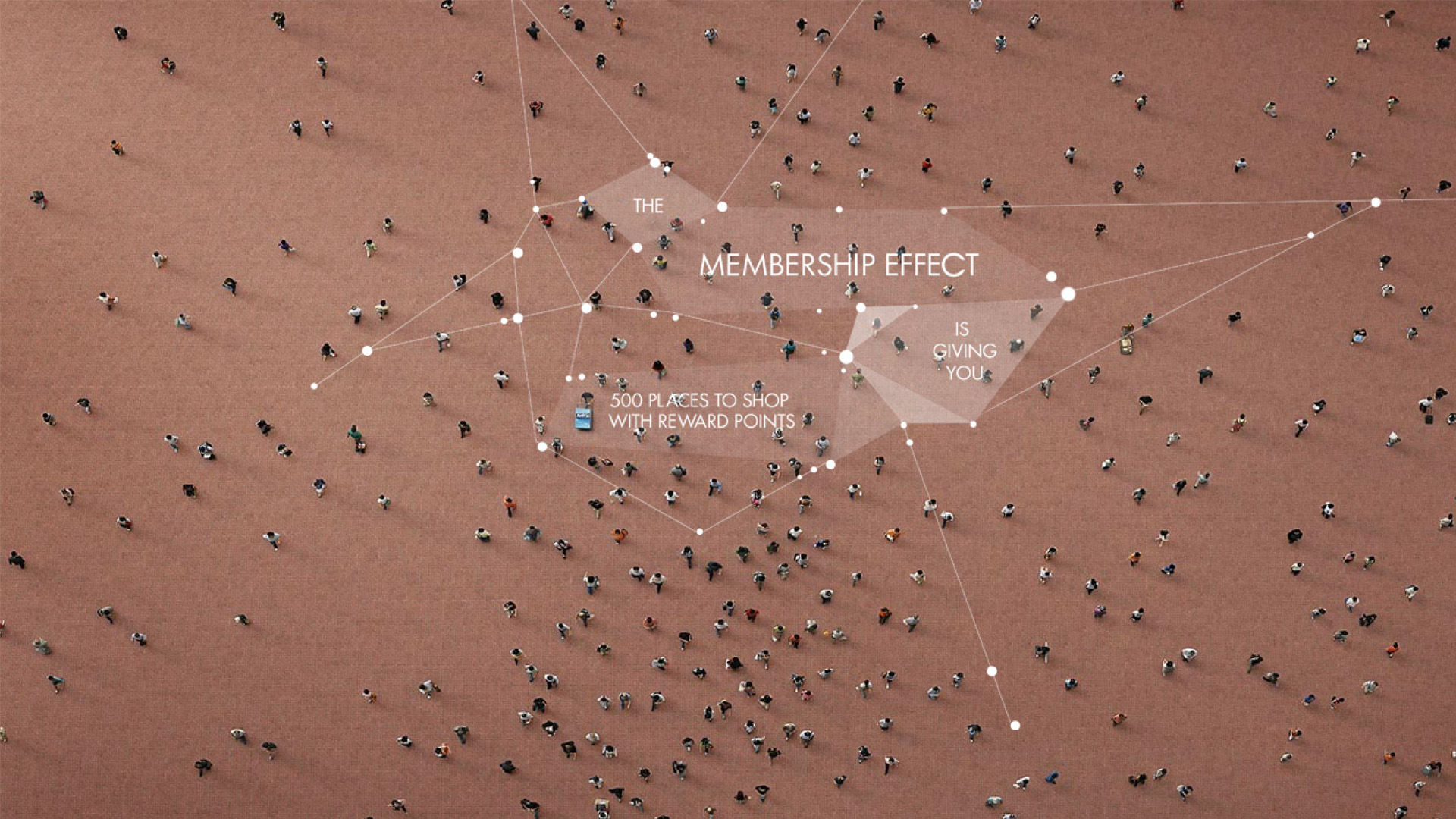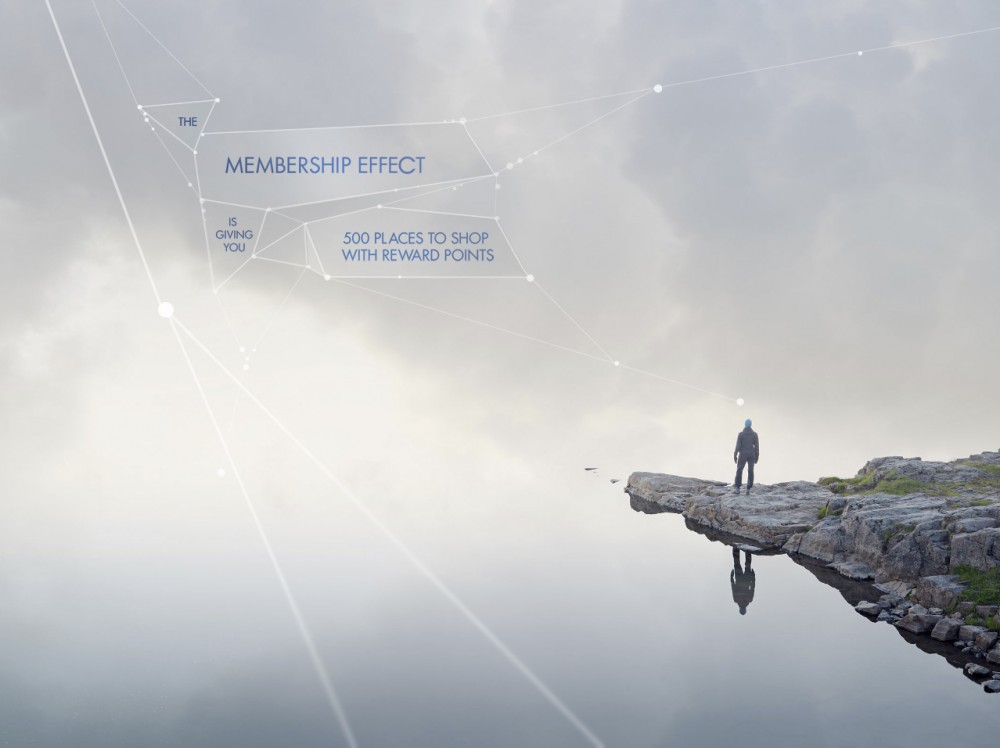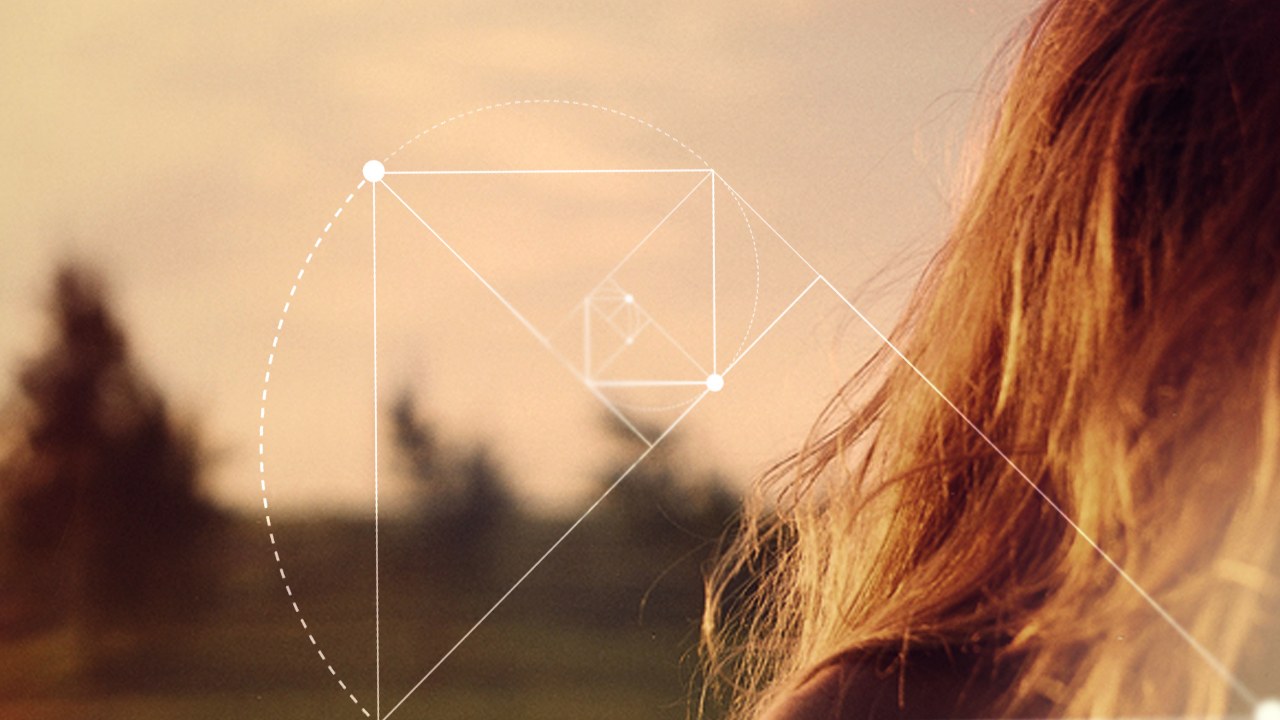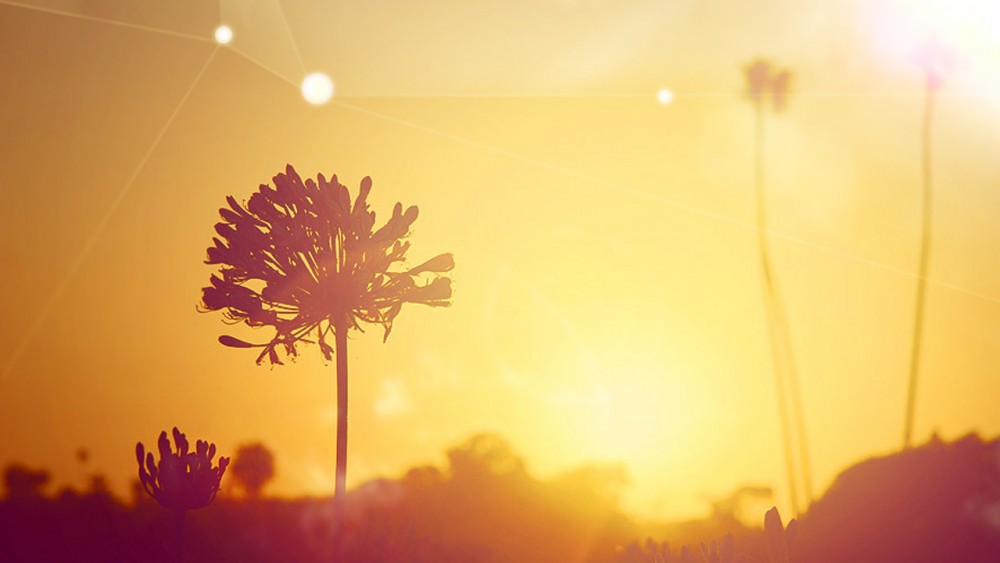American Express
- Art Direction
- Design
The Membership Effect
Explorations in design systems and typographic hierarchies for American Express’s latest offering. The goal was to build a type system that felt naturally embedded within a visual logic. Something that could live inside a flowchart, Venn diagram, or funnel where A + B + C = D.
This system was then paired with a wide range of photographic styles, from vintage-inspired imagery to crisp modern aerials and portaits. The idea was to have the design elements and photography speak the same visual language, blending graphics into the compositions so everything felt cohesive, intentional, and part of a unified system.
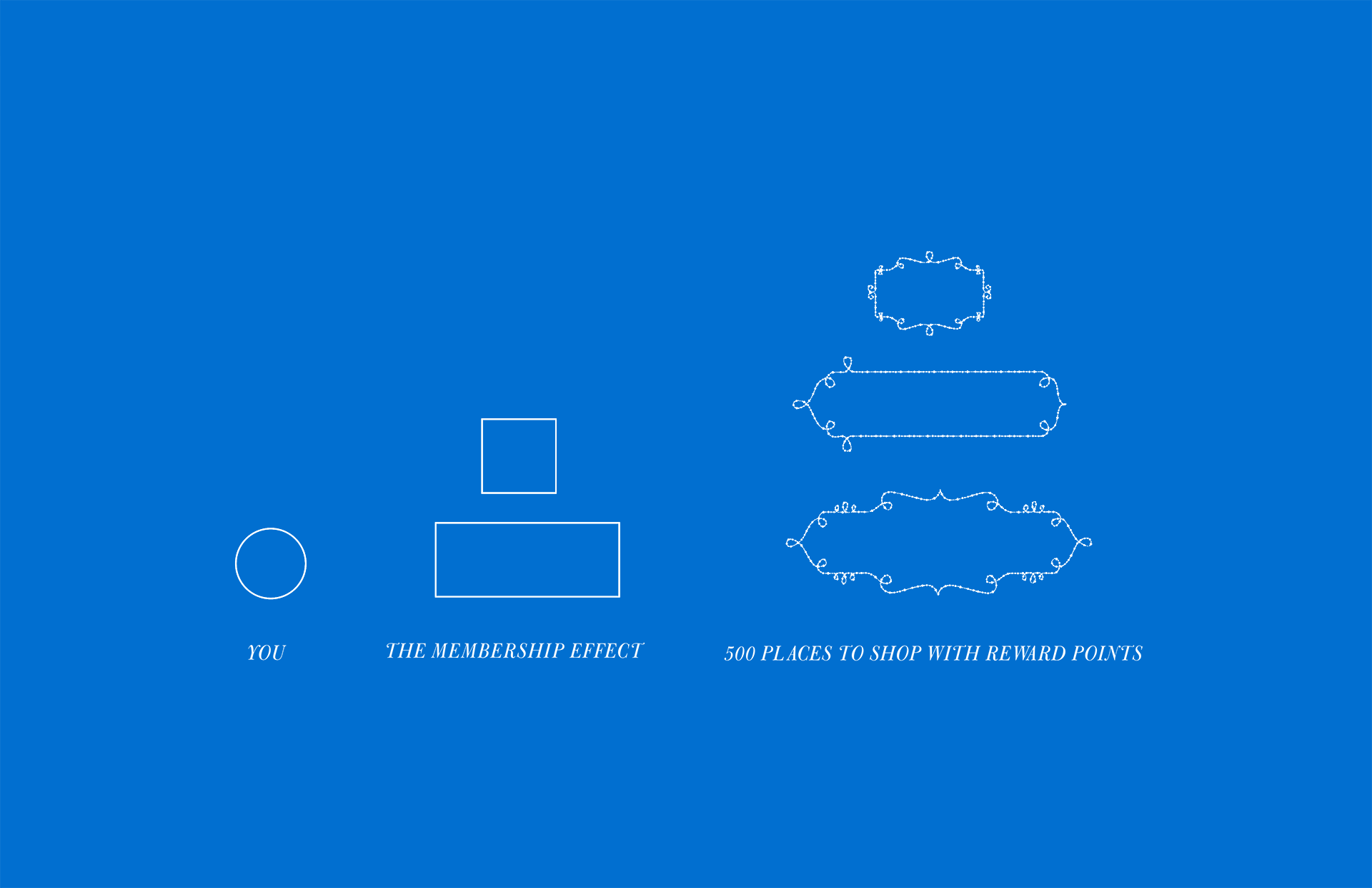
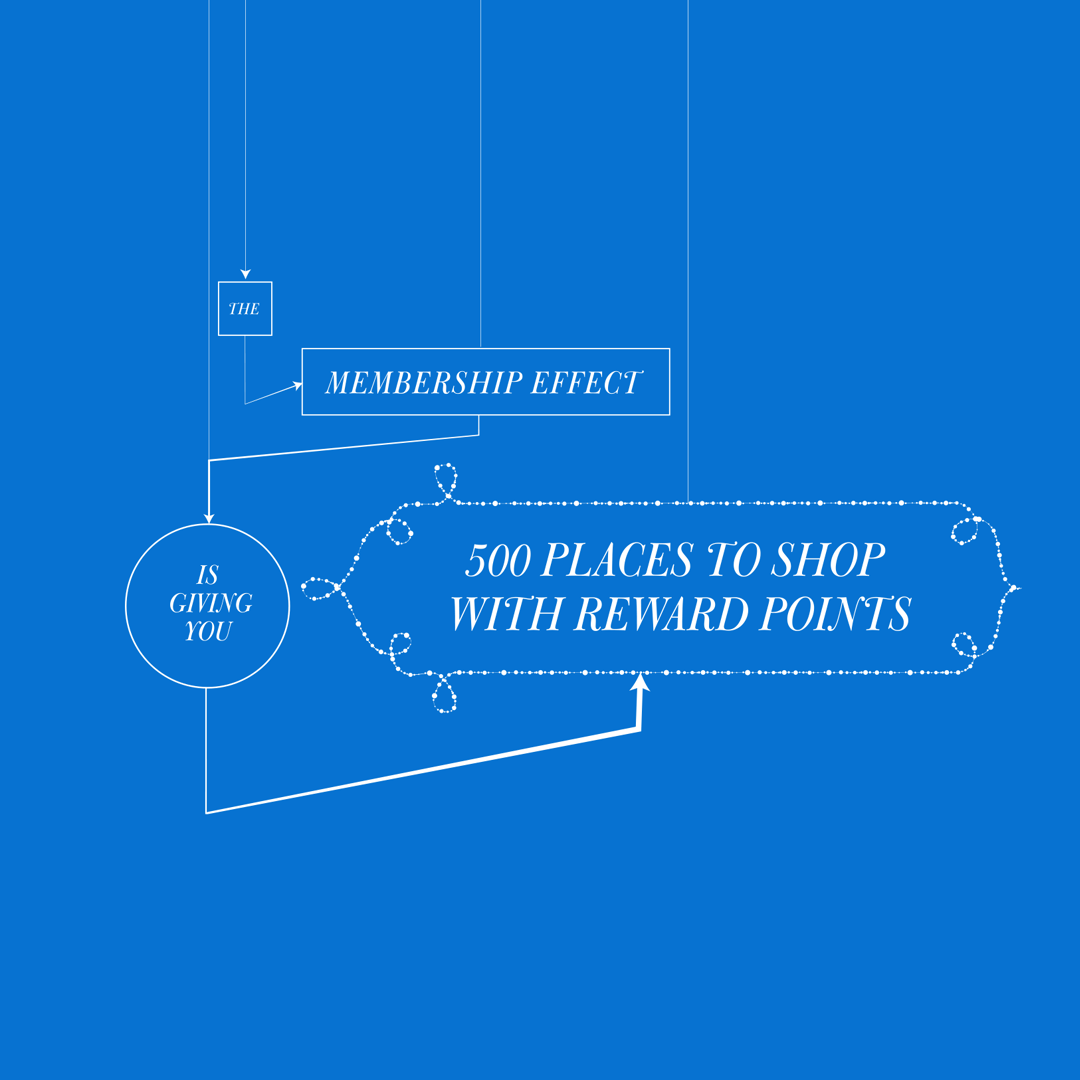
Calder Mobiles
The first exploration centered around the idea of kinetic sculpture, pulling inspiration from Calder’s iconic mobiles. These suspended, delicately balanced structures informed a visual approach where movement mirrored the natural flow of energy within each shot. Rather than motion for motion’s sake, the graphics would respond to the rhythm and momentum of the footage itself, creating interplay between design and image.
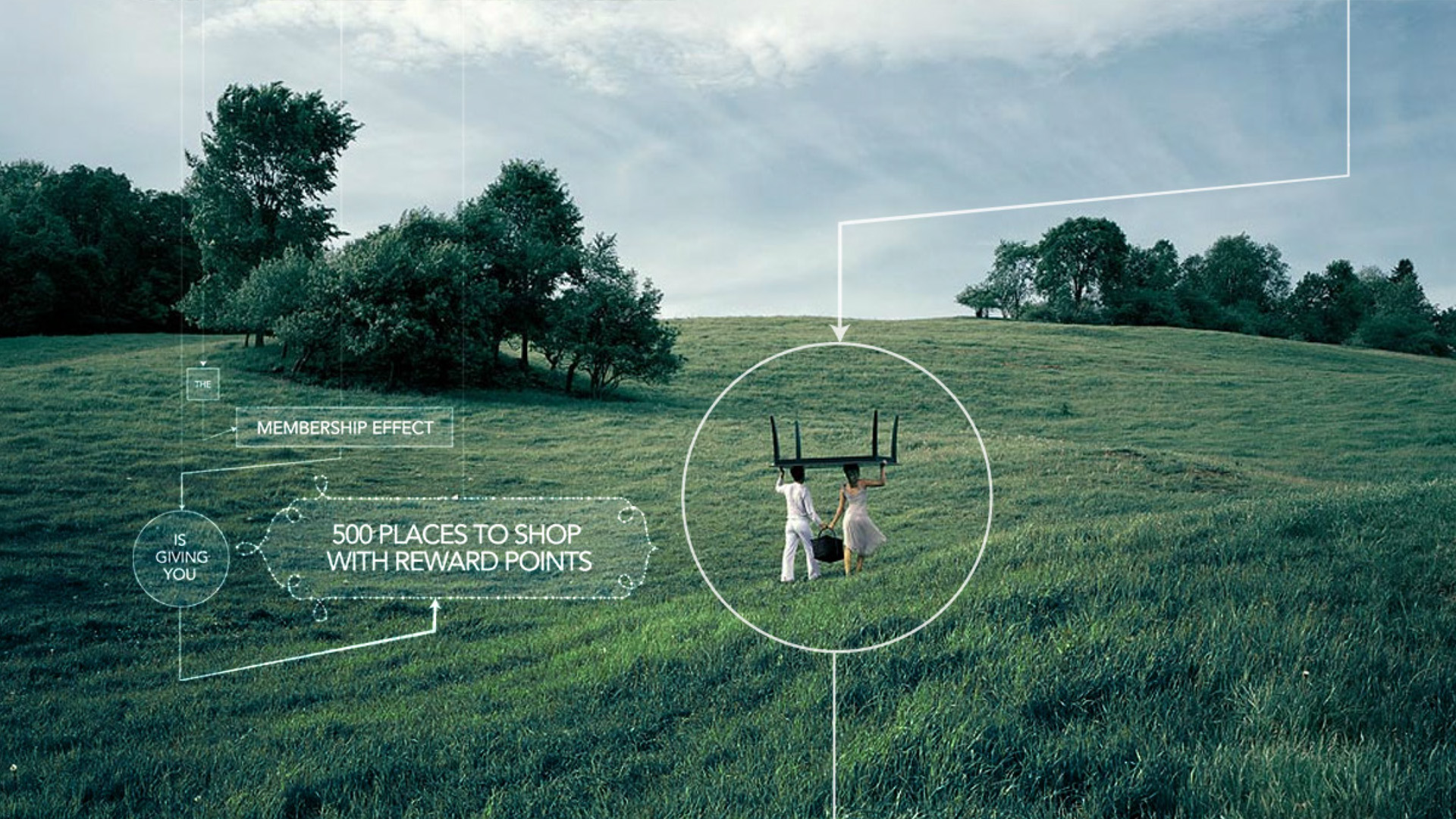
Fibonacci
The second exploration was rooted in the golden ratio and Fibonacci sequence, providing a foundational logic for a cohesive graphical architecture. I expanded this into more intricate geometric compositions that not only served as containers for type but also informed the visual framing of shots. In aerial views of the game, for example, graphic lines could elegantly extend from the existing field markings; blurring the boundary between the physical and the designed, and adding a deeper sense of cohesion, structure, and intentionality to how the graphics were interacting with footage.
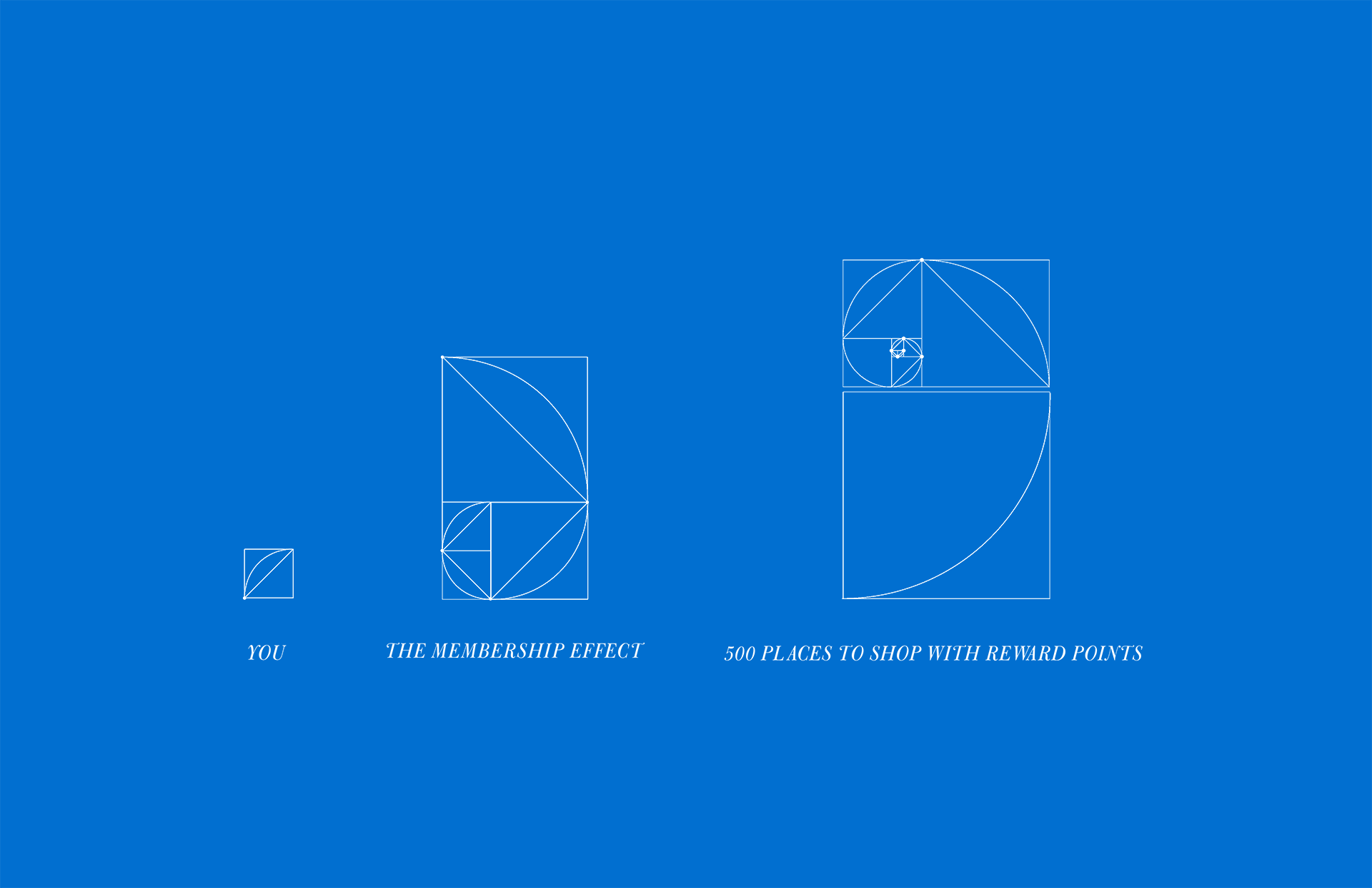
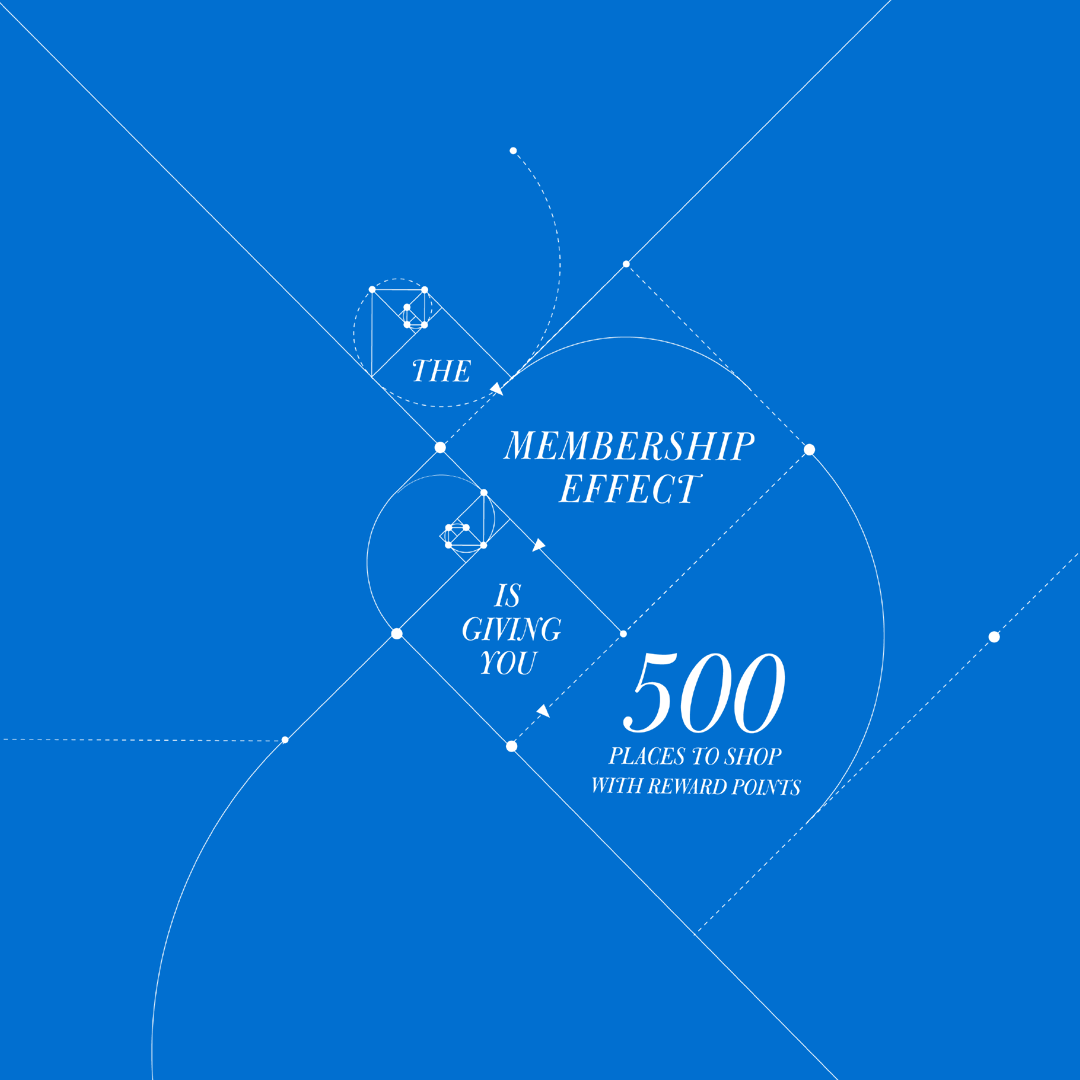
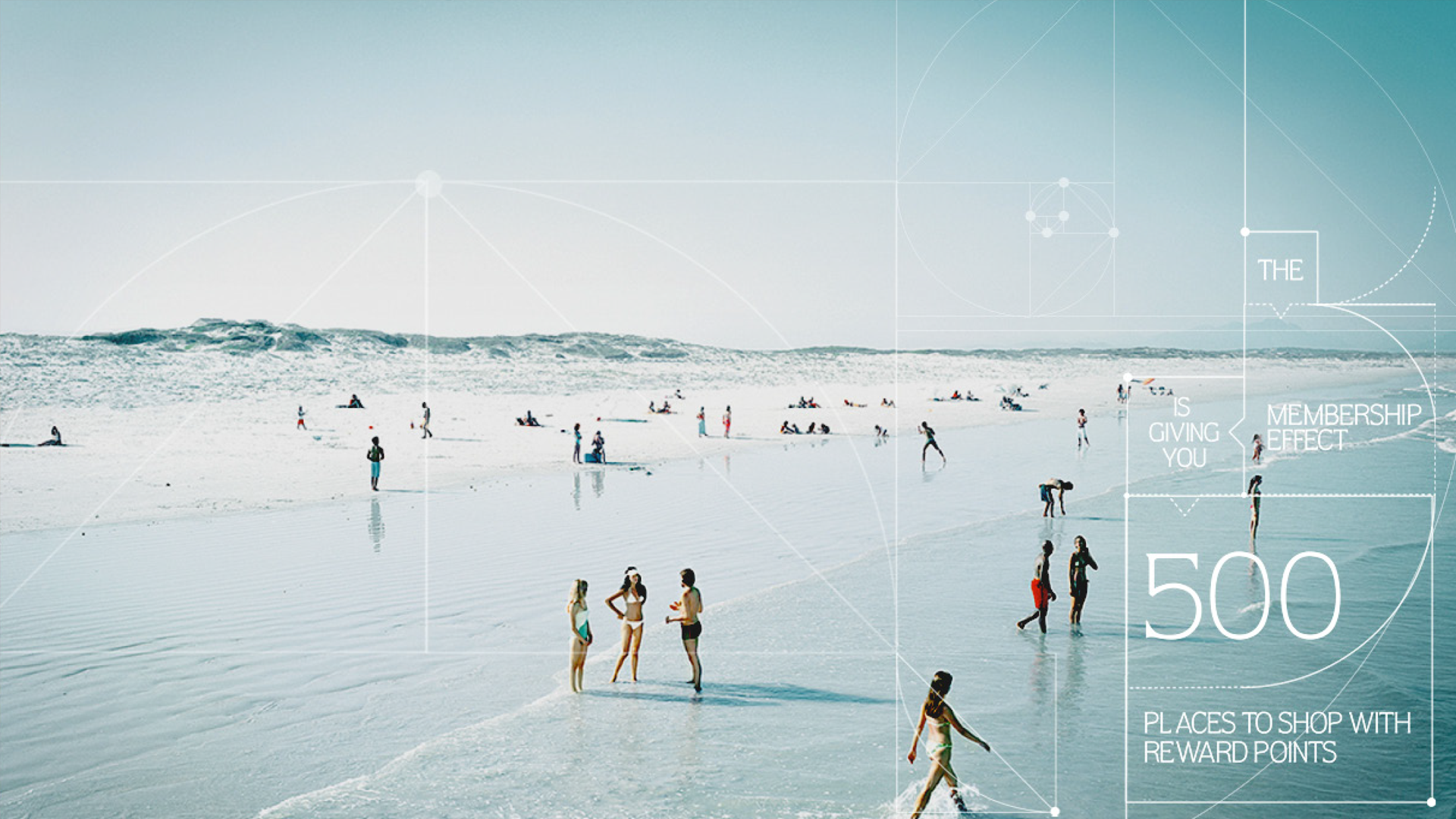
Spider Webs
Inspired by spider webs strung with dewdrops: delicate, irregular, and intricately woven. This direction embraces asymmetry and nodal, rhizomatic forms, offering a softer, more fluid counterpoint to the geometric structures of previous systems. The web’s interaction with the environment is dynamic, tracking key elements within the scene. It feels immersive and enveloping, as if it’s actively growing through the imagery, responding to it, shaping it, and becoming part of its visual logic.
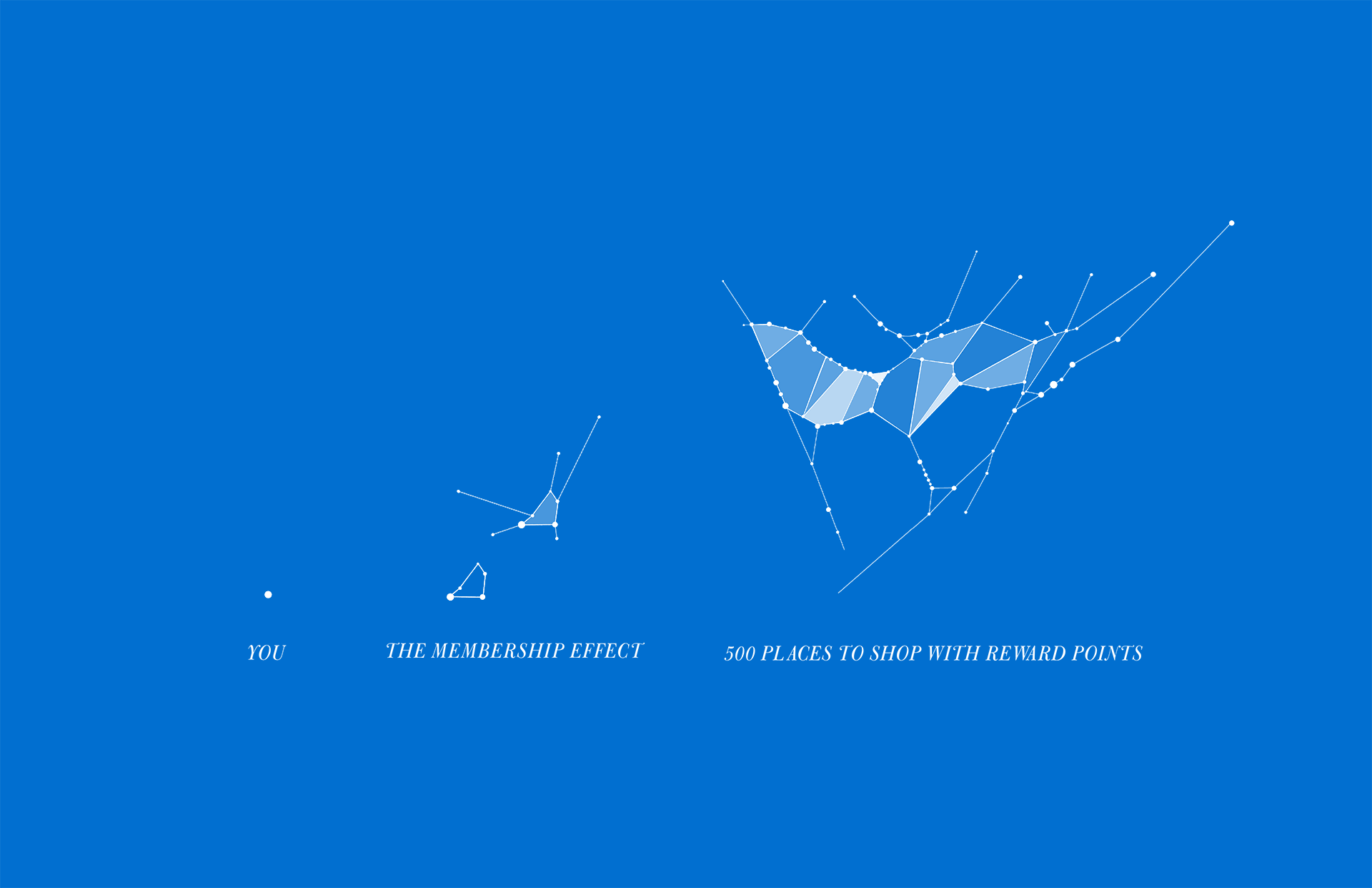
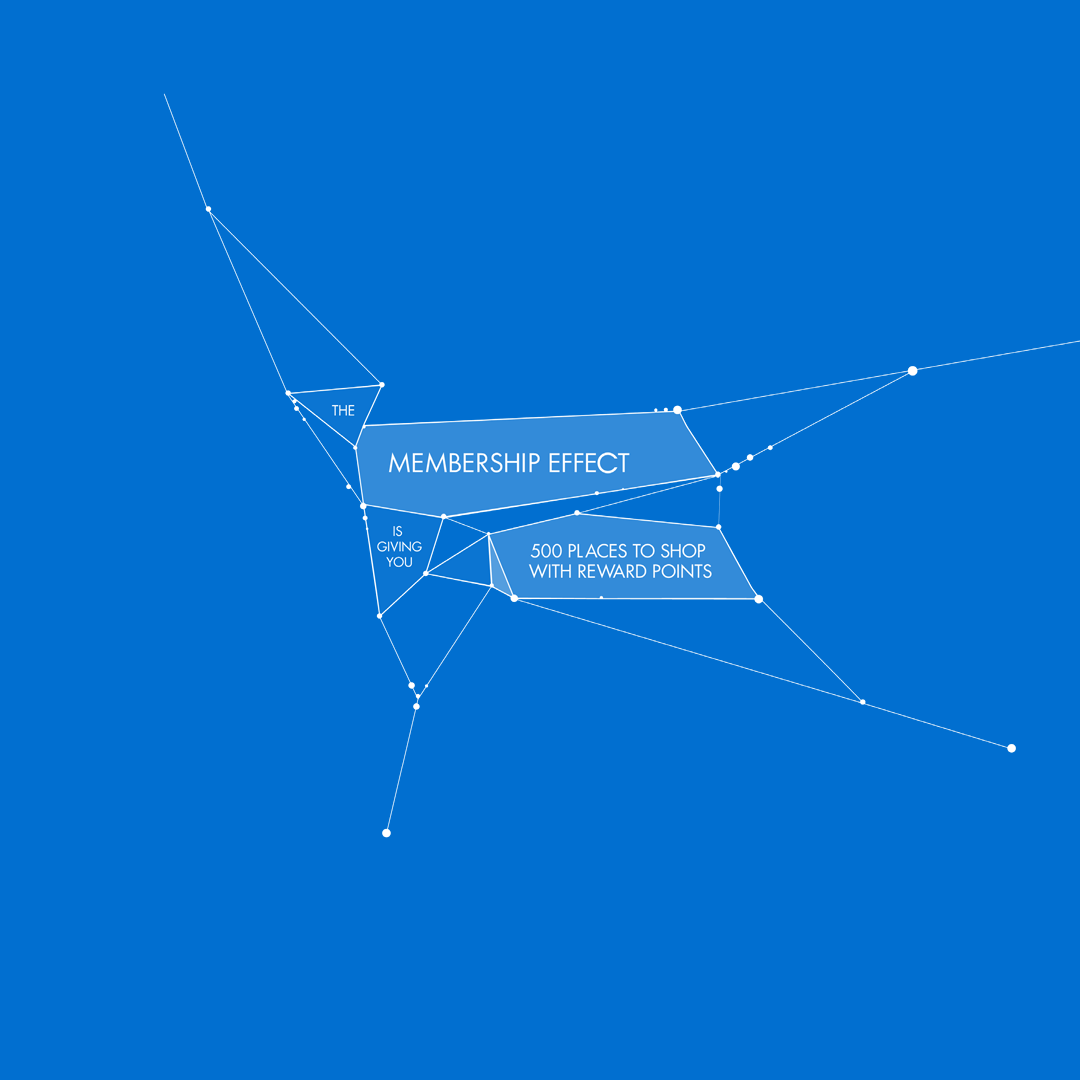
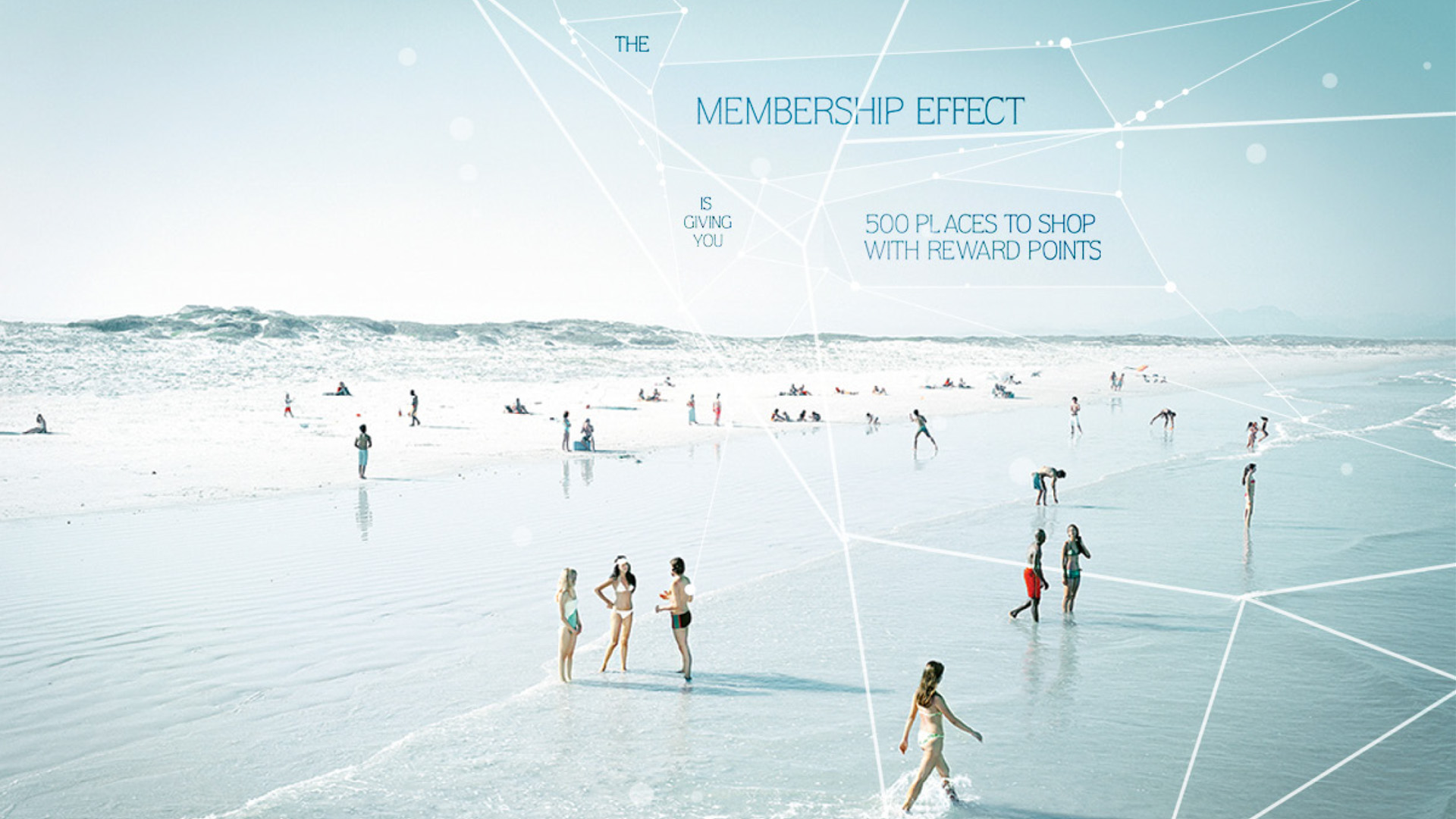
Lens Effects
Using depth of field, lens flares, light leaks, and subtle bokehs, the designs could be integrated into the scenes, making them feel more naturally apart of the environment rather than a separate overlay.
